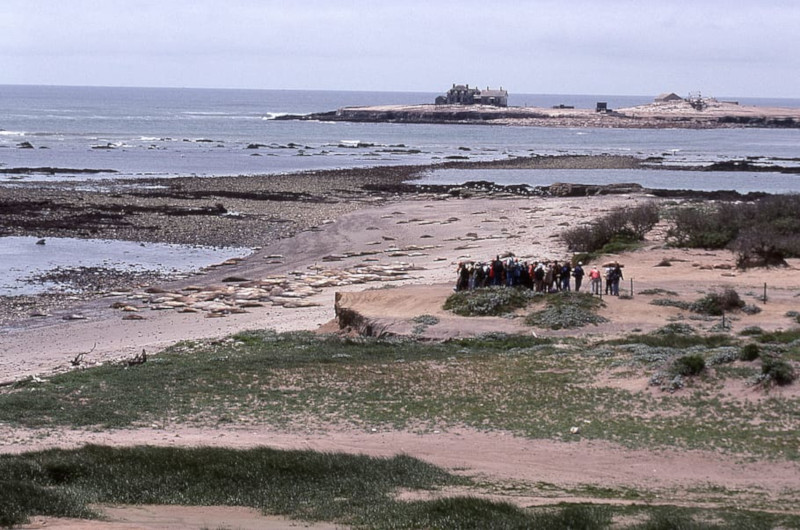
New Year’s Island Facts
- To the great surprise of many people, this small, in some ways unremarkable location actually forms one of several in the world bearing the name of New Year’s Island. This unusual fact, however, appears to have been entirely coincidental.
- It remains unverified if ancient Native Americans knew of its existence, but remains quite likely. In modern times, the first known sighting of the location took place in 1769, and happened as part of a Spanish expedition exploring the area.
- Despite its extremely tiny and seemingly barren surface area, the site also plays a surprisingly important role in its region. This occurs due to the fact that the spot conveniently serves as an important breeding site for many species of animals.
- The original name for the island, in Spanish, is Ano Nuevo Island. Fortunately for those who value its importance to wildlife, it also now forms part of the Ano Nuevo State Reserve. This luckily provides the local creatures with some protection.
- As part of ongoing efforts to protect New Year’s Island, access to it remains restricted to members of approved research teams. In addition, an ambitious restoration project began in 2010, partly to restore native plants to the site.
Related Articles
New Year’s Island Physical Description
Regardless of its great ecological importance, the surprising New Year’s Island actually only has an extremely tiny total area. In point of fact, this relatively vital, yet little-known location only encompasses an area measuring about 392,000 sq ft, or 9 acres (3.6 ha).
It hasn’t always held this shape, however. Amazingly, up until the 18th century, the island still existed as a peninsula. Over time, though, a channel formed, which eventually resulted in its being separating it from the mainland, where it remains today.
A combination of shale and deposits from ancient dunes primarily makes up the composition of the site known as New Year’s Island. Its exact shape changes slightly quite often, though. Waves pound its soft shoreline, especially during strong storms.
New Year’s Island Location and Ecological Importance
The surprisingly ecologically important New Year’s Island formed in a part of the world already well known for the majesty of its natural formations. More precisely, the wonder sits just off the northern coast of California, in the United States, in North America.
To ensure its protection, the island is also managed under an agreement with the California Department of Parks and Recreation. Somewhat uniquely, perhaps, the actual management is carried out by the California Department of Parks and Recreation.
This admittedly visually unimpressive island nevertheless holds great importance. In fact, it has long served as a vital breeding ground for many animals. In point of fact, some of these rank as Endangered, and breed in few, if any, other locations in the world.
These include northern elephant seals, the endangered Steller Sea Lion, and several species of important seabirds. Due to the presence of so many seals and sea lions, however, Great White Sharks also quite commonly frequent the waters surrounding New Year’s Island.
Features Sharing Its Region
Check out our other articles on Blood Falls, Scottish Wildcat, Southern Flannel Moth, 10 Extraordinary Reptiles, Purple Pitcher Plant, Vietnamese Mossy Frog, Pesquet’s Parrot, Green Iguana
